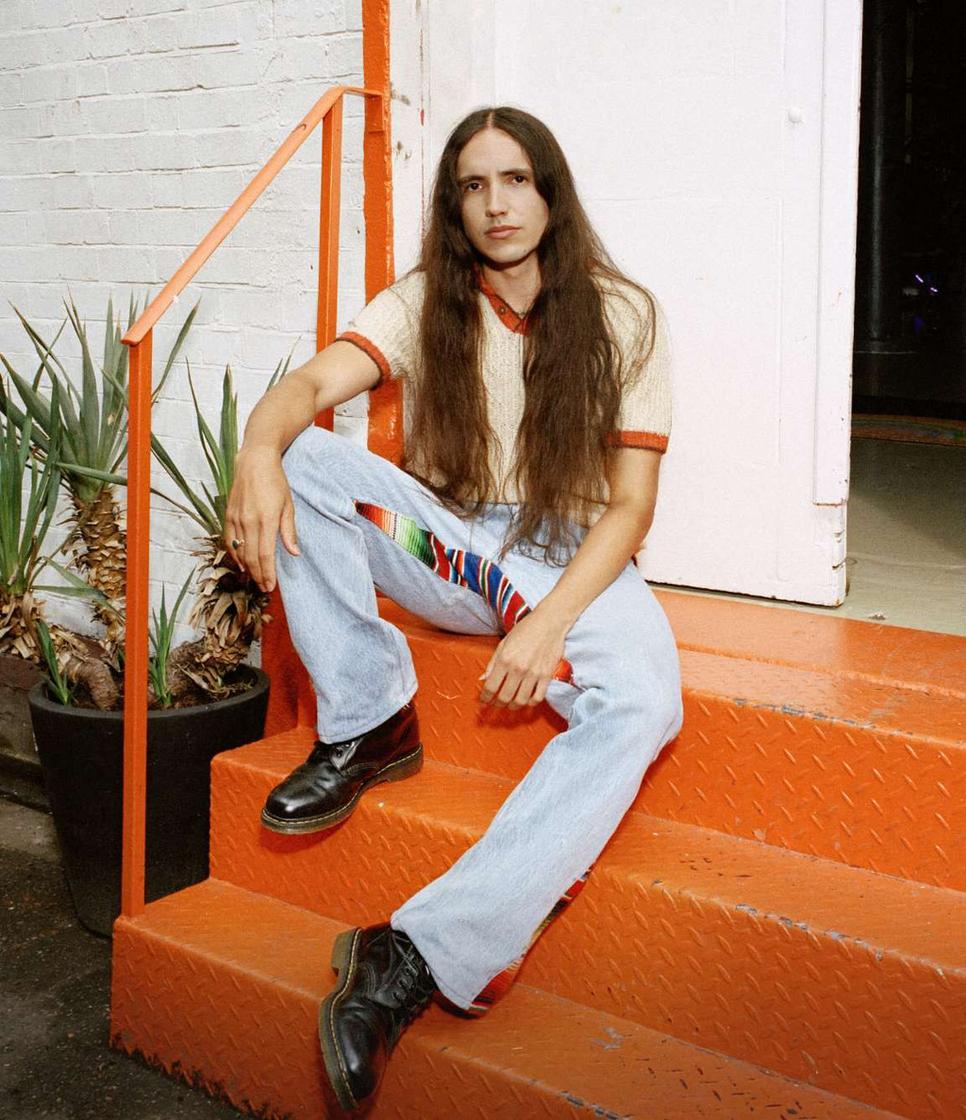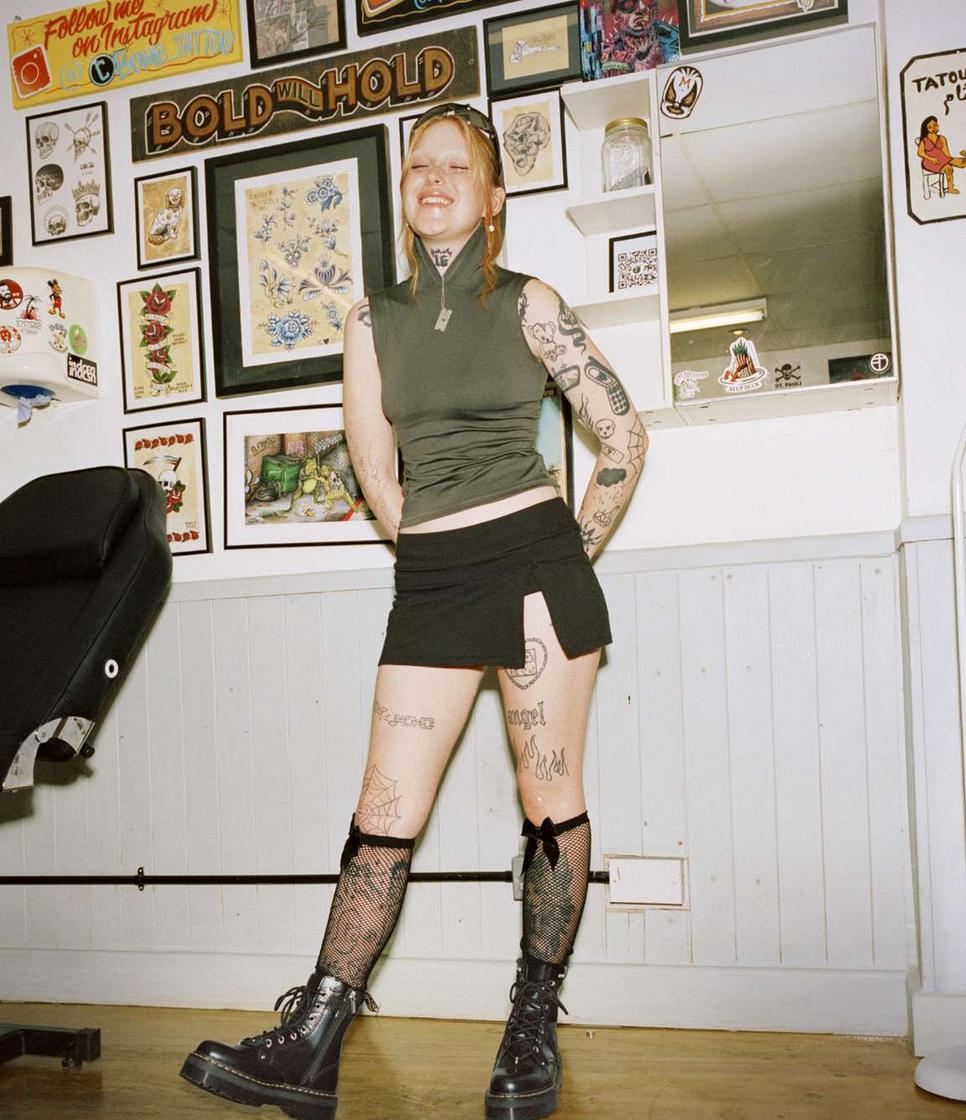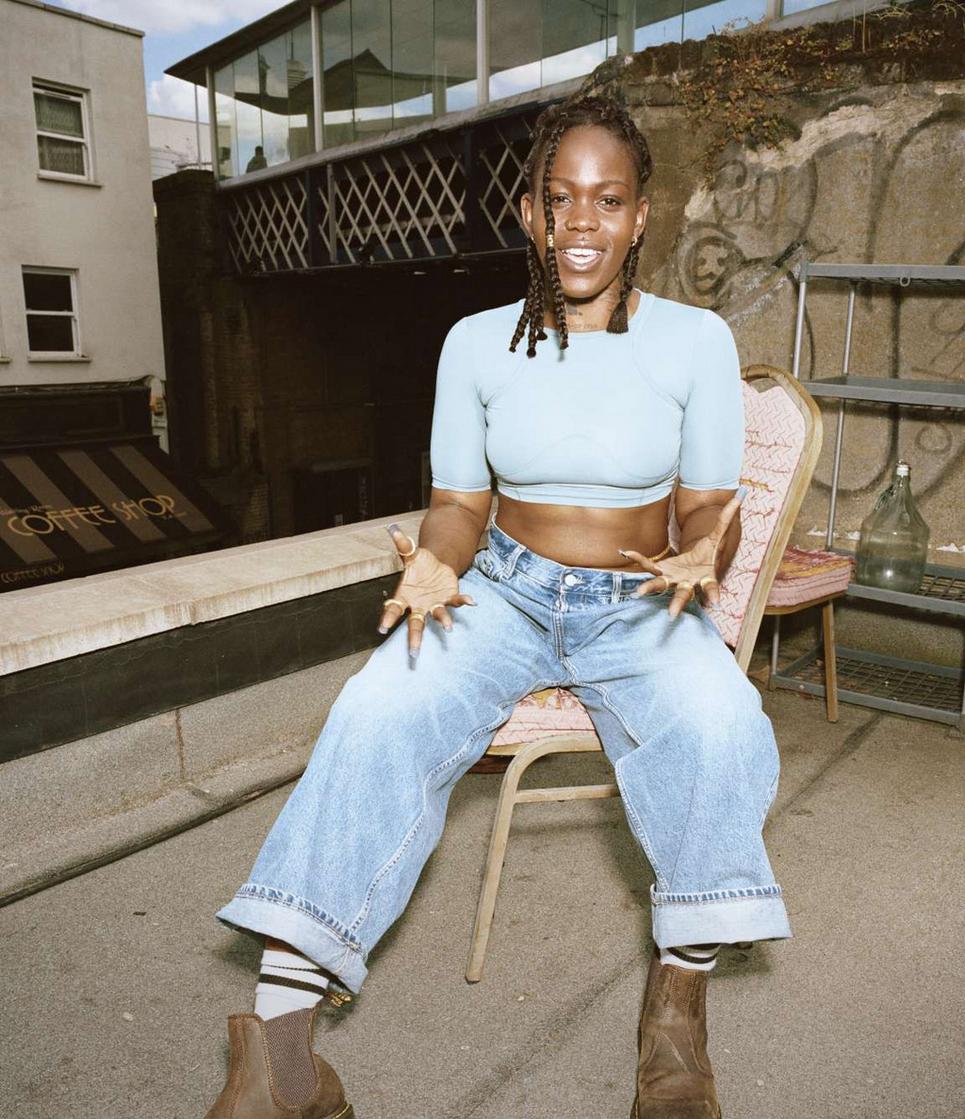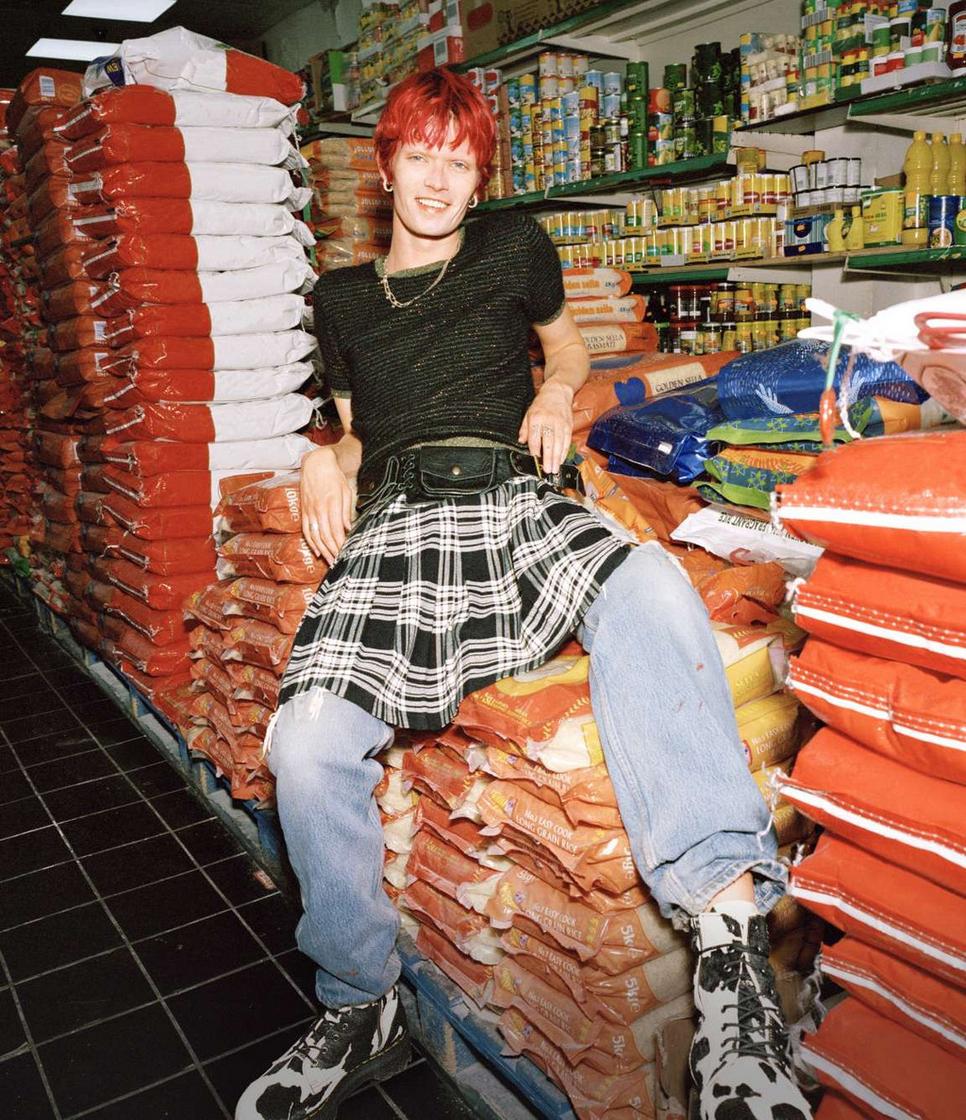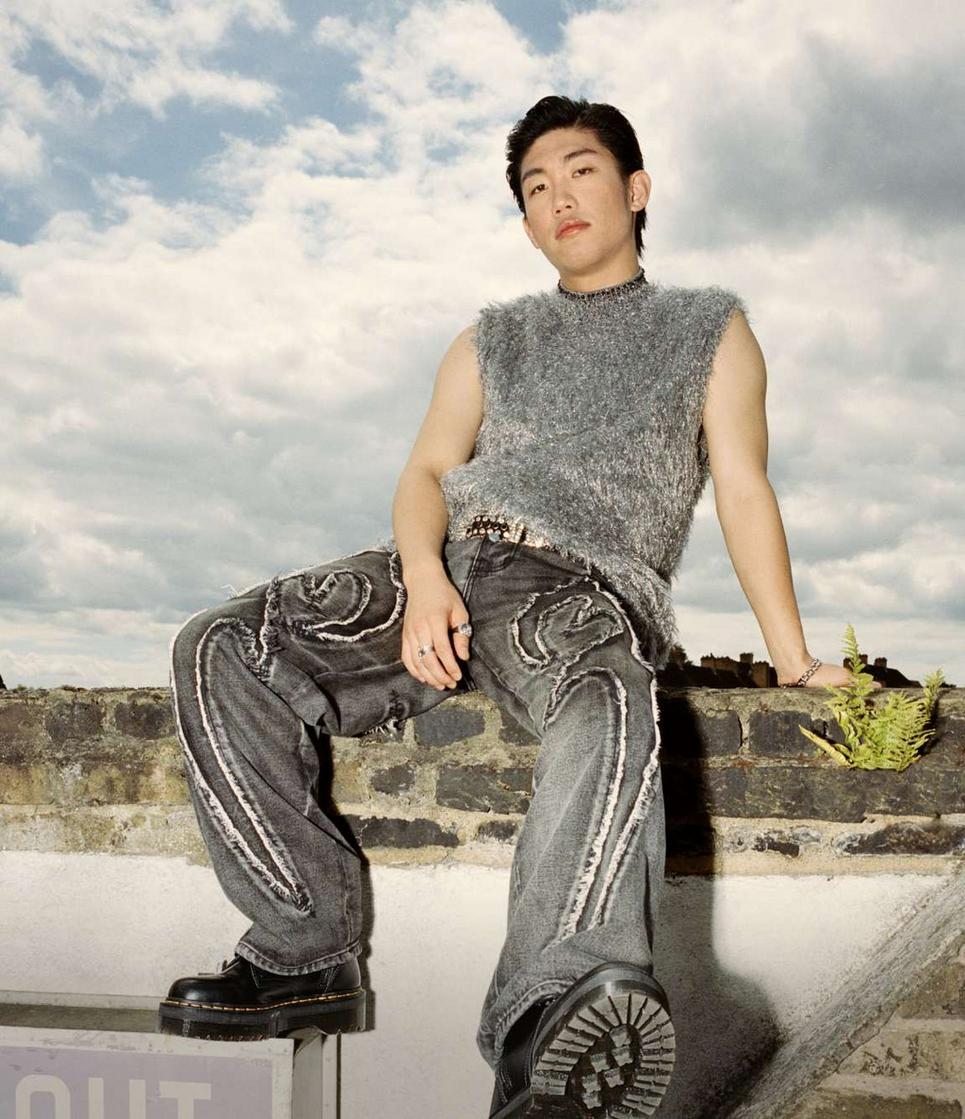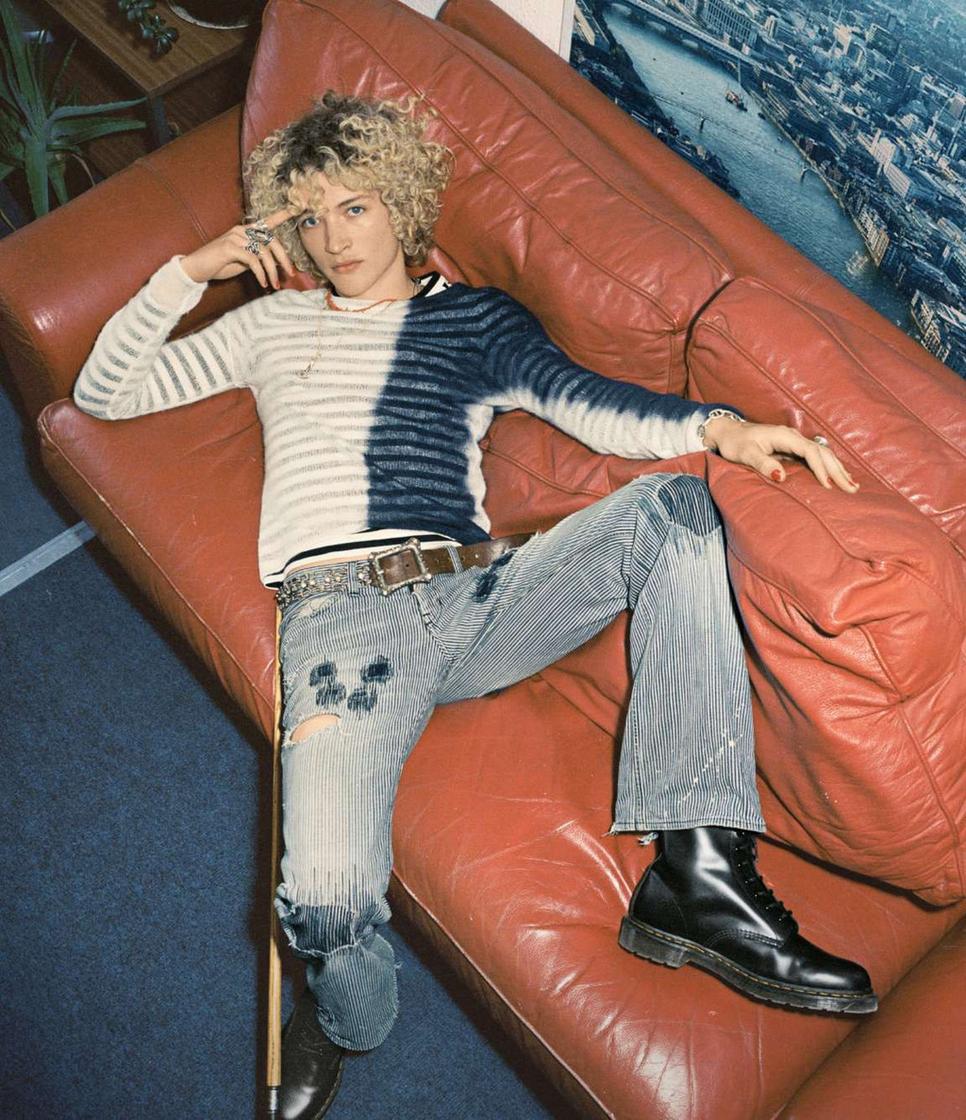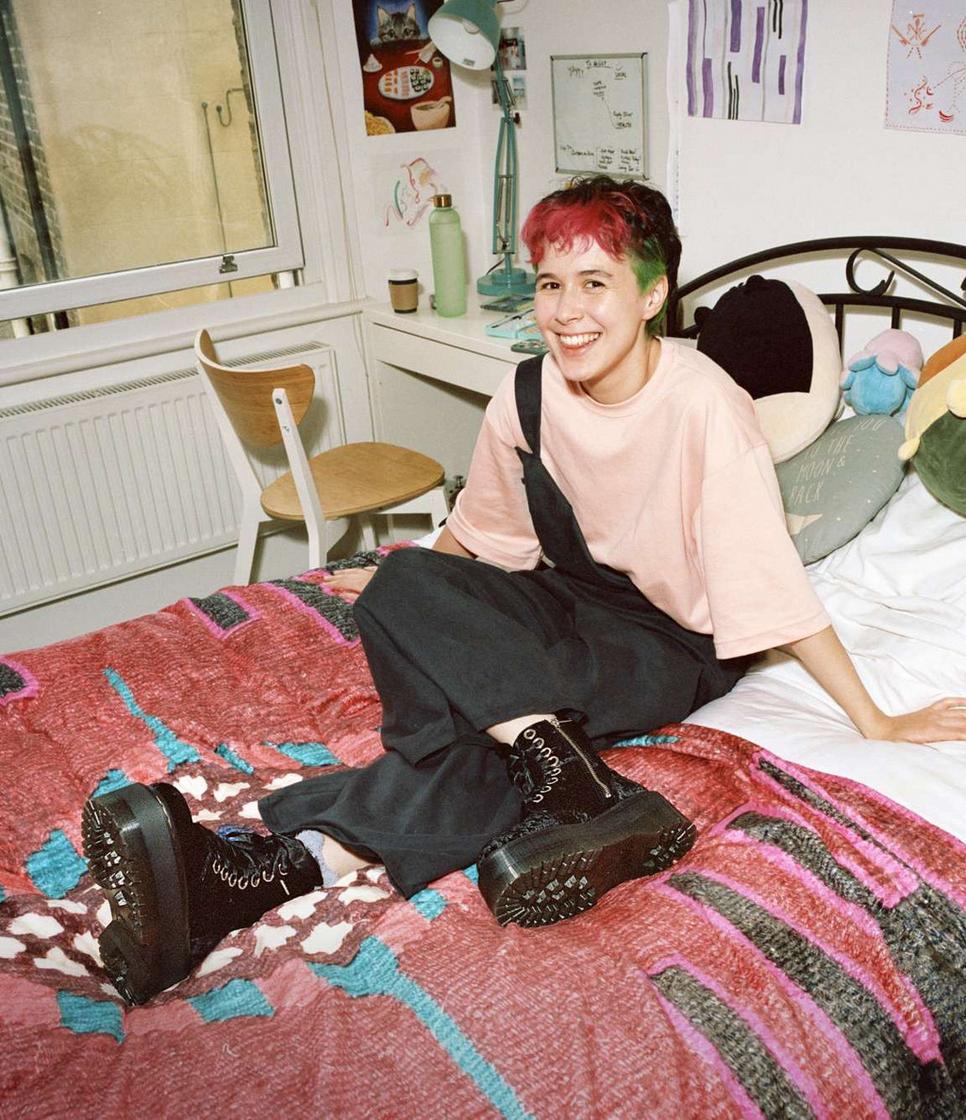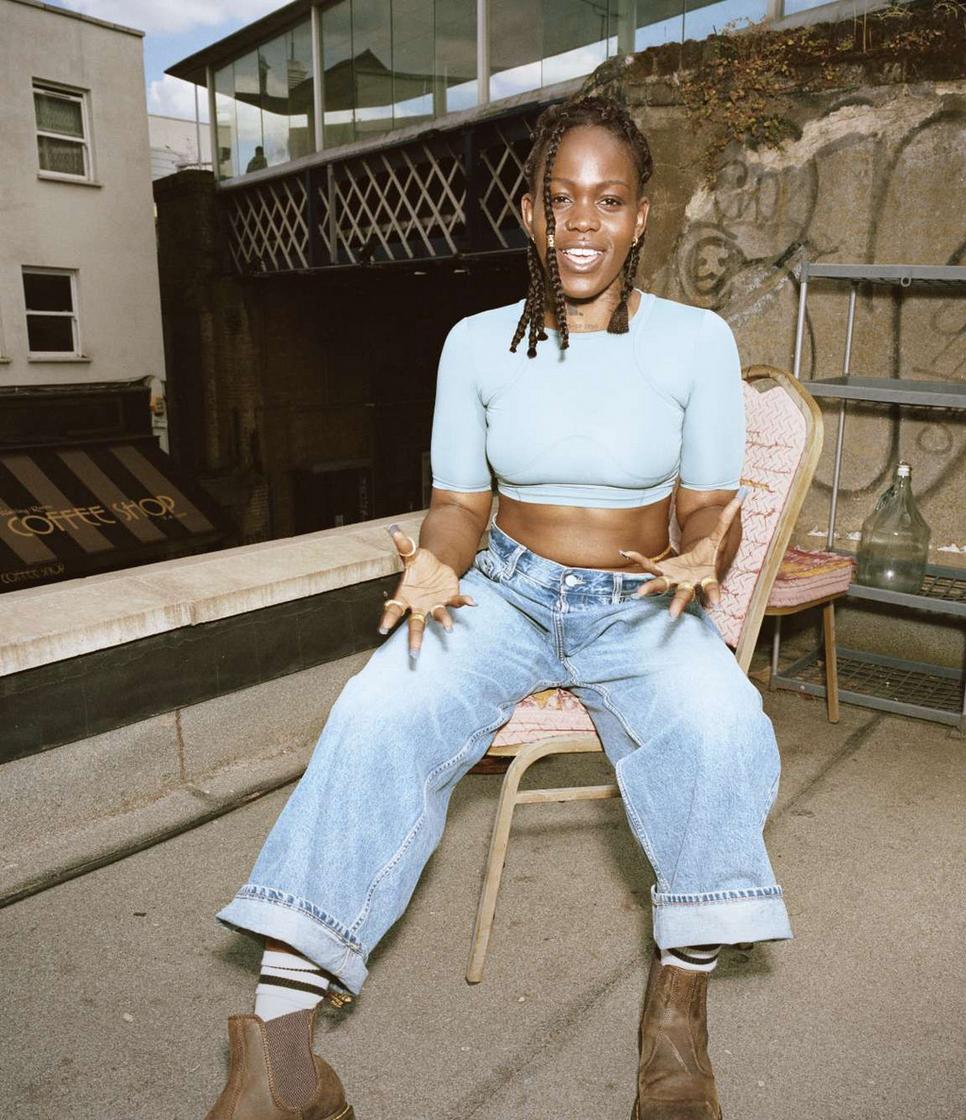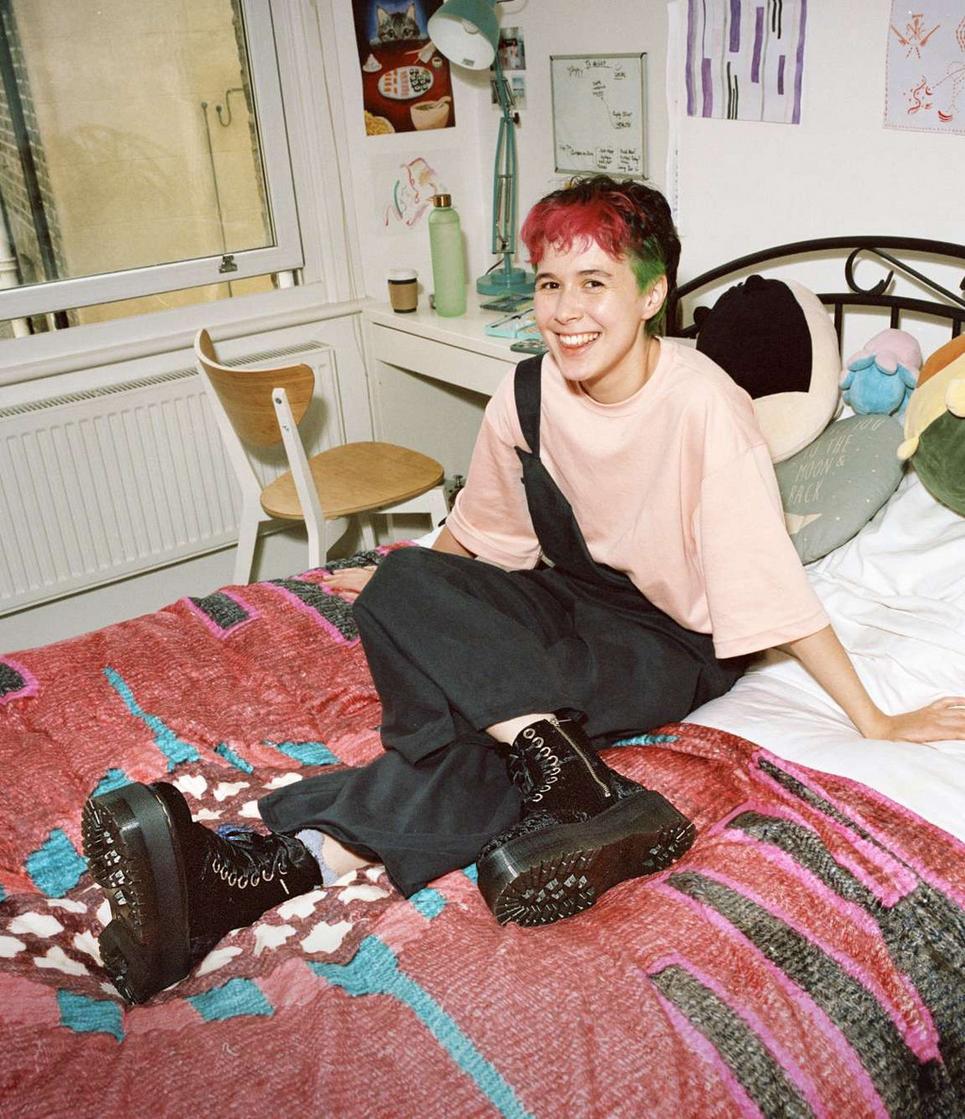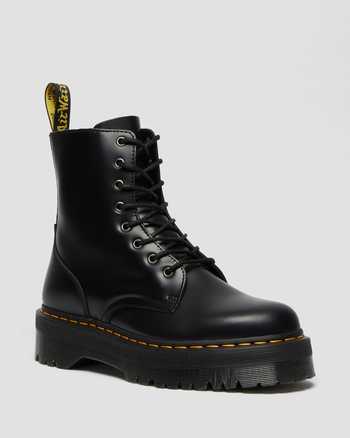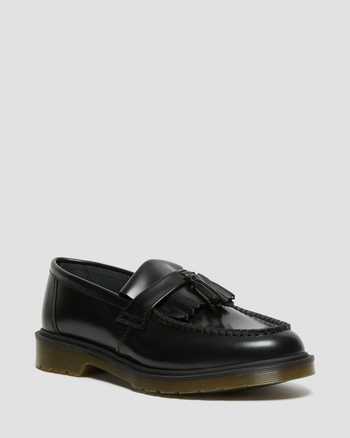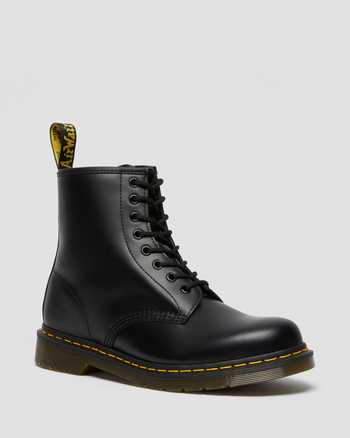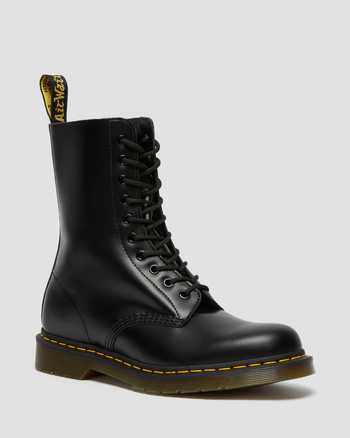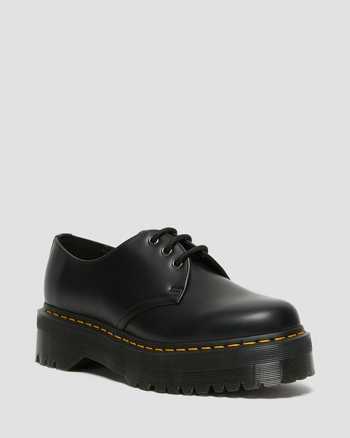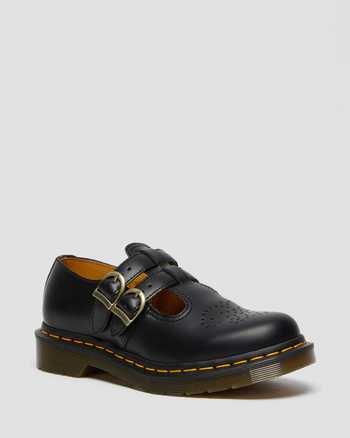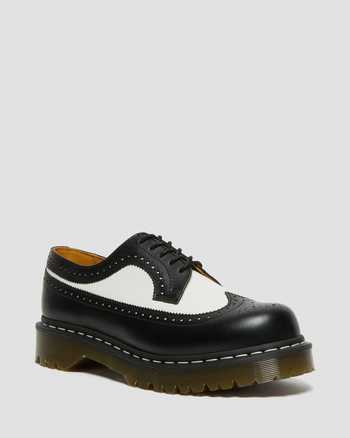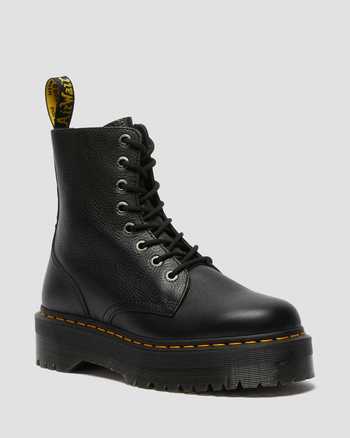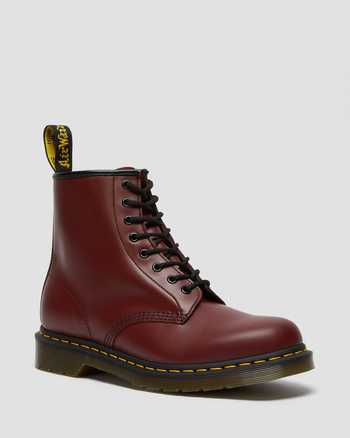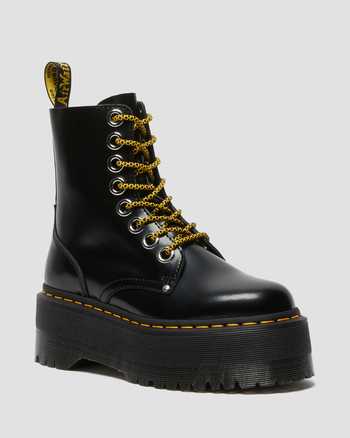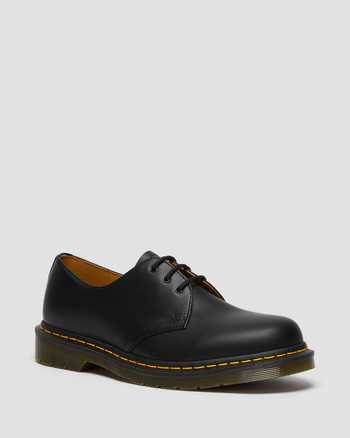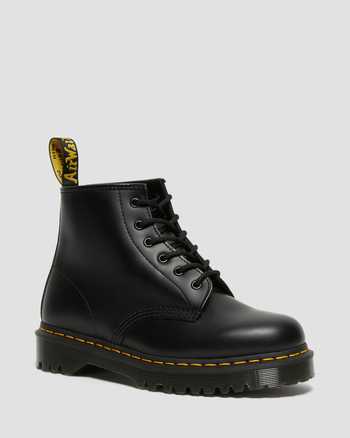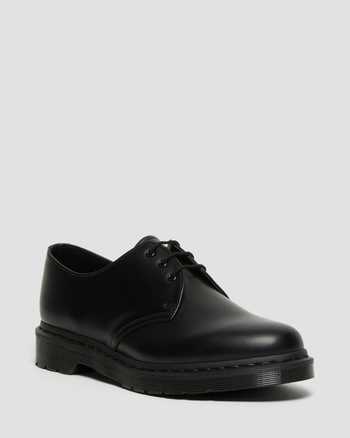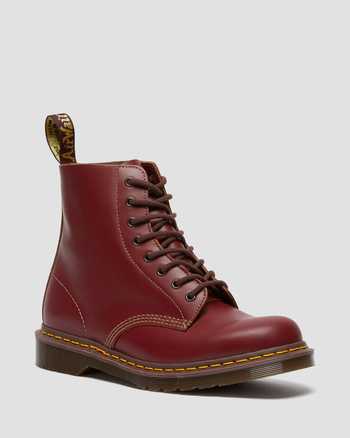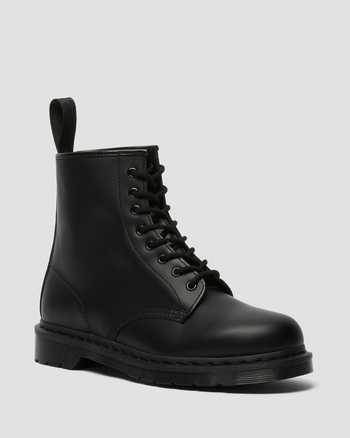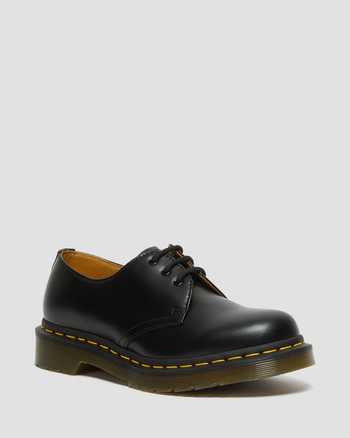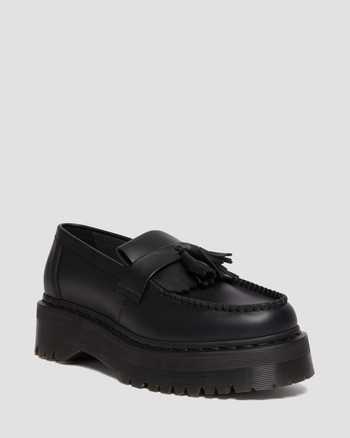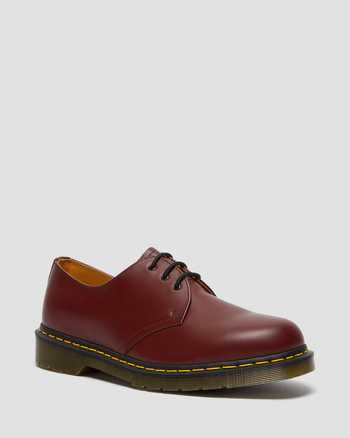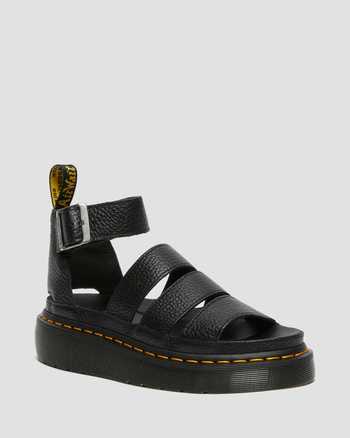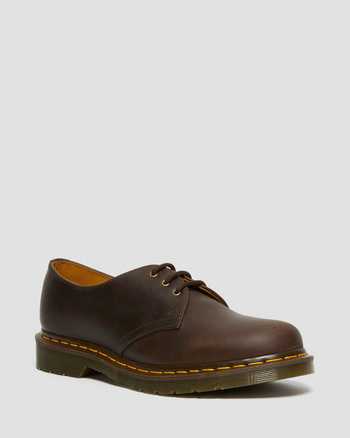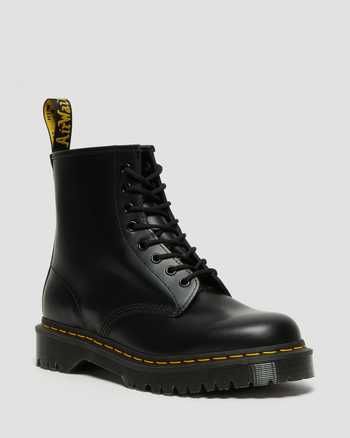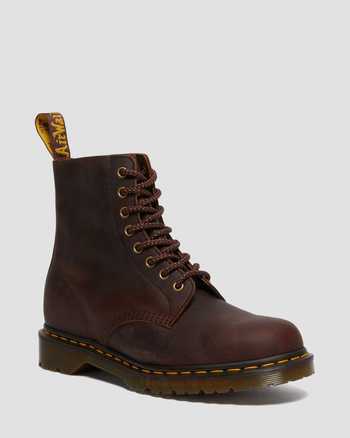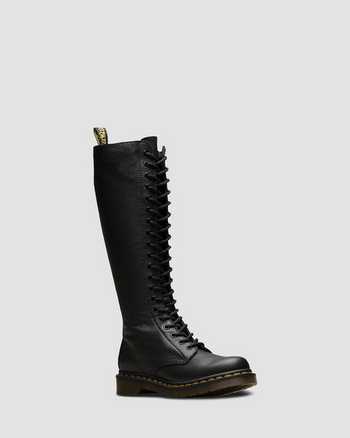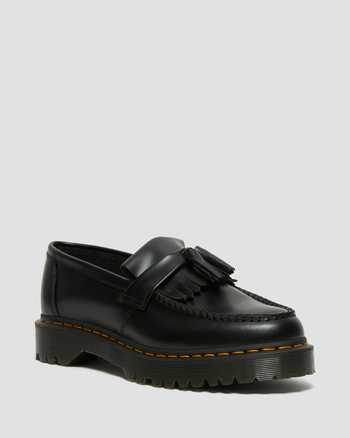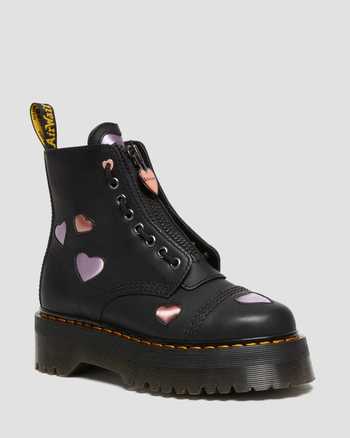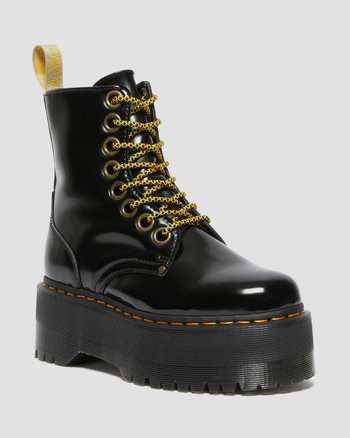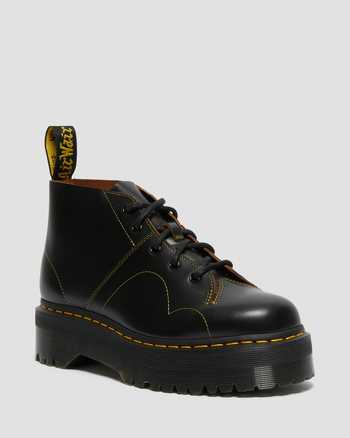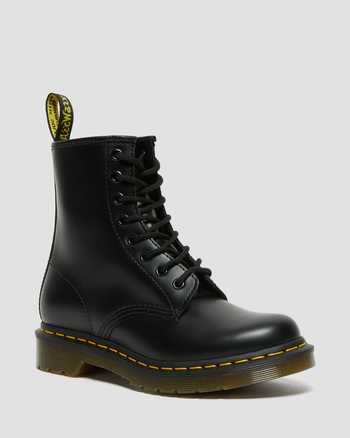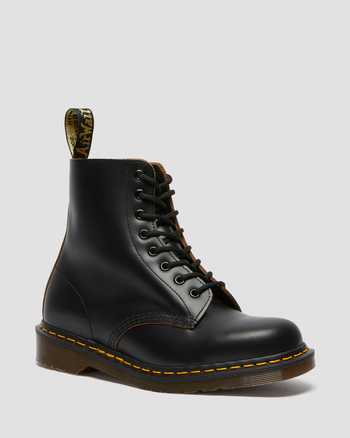Made Strong Since 1960 Made Strong Since 1960 Made Strong Since 1960 Made Strong Since 1960 Made Strong Since 1960 Made Strong Since 1960 Made Strong Since 1960 Made Strong Since 1960 Made Strong Since 1960 Made Strong Since 1960 Made Strong Since 1960 Made Strong Since 1960 Made Strong Since 1960 Made Strong Since 1960
ce 1960 Made Strong Since 1960 Made Strong Since 1960 Made Strong Since 1960 Made Strong Since 1960 Made Strong Since 1960 Made Strong Since 1960 Made Strong Since 1960 Made Strong Since 1960 Made Strong Since 1960 Made Strong Since 1960 Made Strong Since 1960 Made Strong Since 1960 Made Strong Since 1960 Made Strong Since 1960
Made Strong Since 1960 Made Strong Since 1960 Made Strong Since 1960 Made Strong Since 1960 Made Strong Since 1960 Made Strong Since 1960 Made Strong Since 1960 Made Strong Since 1960 Made Strong Since 1960 Made Strong Since 1960 Made Strong Since 1960 Made Strong Since 1960 Made Strong Since 1960 Made Strong Since 1960
ce 1960 Made Strong Since 1960 Made Strong Since 1960 Made Strong Since 1960 Made Strong Since 1960 Made Strong Since 1960 Made Strong Since 1960 Made Strong Since 1960 Made Strong Since 1960 Made Strong Since 1960 Made Strong Since 1960 Made Strong Since 1960 Made Strong Since 1960 Made Strong Since 1960 Made Strong Since 1960
New generation. New definitions

NIKO
(she/her)
Niko is a California-based first-generation Mexican singer-songwriter who incorporates English and Spanish into her lyrics to own her heritage and represent her culture. Niko’s music is a way for her to tell her unique story and the stories of people who look like her without worrying about how she compares to other artists.
“
The most important thing that you can do is be true to yourself.
That’s what’s going to make you strong.
”
New generation. New definitions

NIKO
(she/her)
Niko is a California-based first-generation Mexican singer-songwriter who incorporates English and Spanish into her lyrics to own her heritage and represent her culture. Niko’s music is a way for her to tell her unique story and the stories of people who look like her without worrying about how she compares to other artists.
“
The most important thing that you can do is be true to yourself.
That’s what’s going to make you strong.
”
Made Strong Since 1960 Made Strong Since 1960 Made Strong Since 1960 Made Strong Since 1960 Made Strong Since 1960 Made Strong Since 1960 Made Strong Since 1960 Made Strong Since 1960 Made Strong Since 1960 Made Strong Since 1960 Made Strong Since 1960 Made Strong Since 1960 Made Strong Since 1960 Made Strong Since 1960
ce 1960 Made Strong Since 1960 Made Strong Since 1960 Made Strong Since 1960 Made Strong Since 1960 Made Strong Since 1960 Made Strong Since 1960 Made Strong Since 1960 Made Strong Since 1960 Made Strong Since 1960 Made Strong Since 1960 Made Strong Since 1960 Made Strong Since 1960 Made Strong Since 1960 Made Strong Since 1960
Made Strong Since 1960 Made Strong Since 1960 Made Strong Since 1960 Made Strong Since 1960 Made Strong Since 1960 Made Strong Since 1960 Made Strong Since 1960 Made Strong Since 1960 Made Strong Since 1960 Made Strong Since 1960 Made Strong Since 1960 Made Strong Since 1960 Made Strong Since 1960 Made Strong Since 1960
ce 1960 Made Strong Since 1960 Made Strong Since 1960 Made Strong Since 1960 Made Strong Since 1960 Made Strong Since 1960 Made Strong Since 1960 Made Strong Since 1960 Made Strong Since 1960 Made Strong Since 1960 Made Strong Since 1960 Made Strong Since 1960 Made Strong Since 1960 Made Strong Since 1960 Made Strong Since 1960
Make them yours
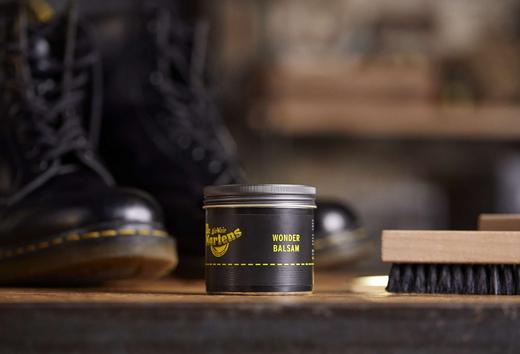
Make them
even stronger
Well-worn or box fresh. Every pair needs some care from time to time. Find out how to make sure your boots and shoes can keep pace with wherever life takes you.
Make them yours

Make them
even stronger
Well-worn or box fresh. Every pair needs some care from time to time. Find out how to make sure your boots and shoes can keep pace with wherever life takes you.
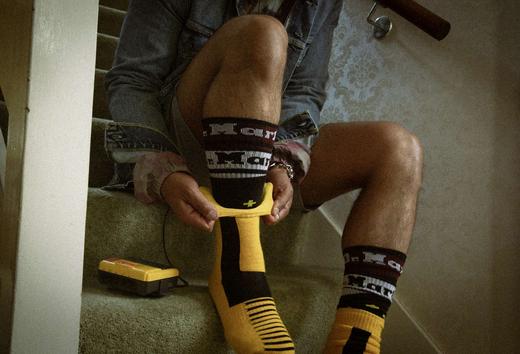
Feel good
from the first step
It’s no secret our boots and shoes need time to break in. But there are things you can do to ease into your first few steps. Check out our tips and tricks so you can walk out with confidence.
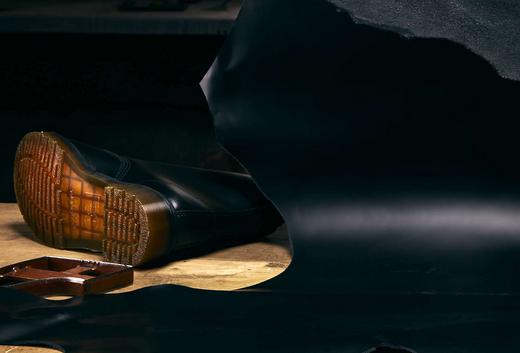
Find out
what we’re made of
Smooth, soft, or shiny. Whatever your statement, there’s a durable DM’s leather to suit every wear. Check out our leather guide to learn out more.



